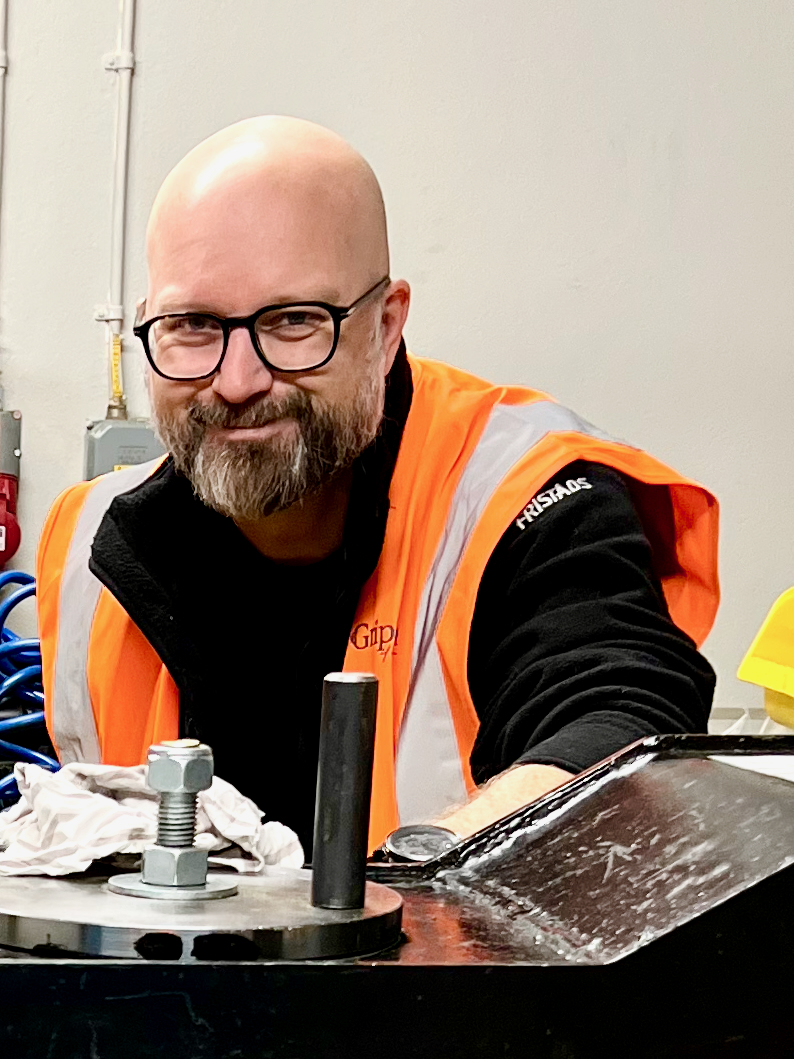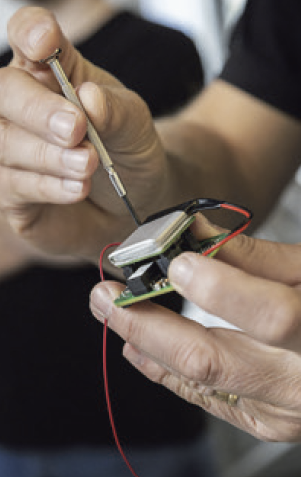Discover the future of green technology and self-powered IoT sensors, as explained by Henrik Staaf from RISE Research Institutes of Sweden
As sustainability becomes a global priority, self-powered Internet of Things (IoT) sensors are transforming the way technology integrates with our lives. These innovative devices harvest energy from their surroundings, allowing them to function without batteries. This breakthrough not only enables real-time monitoring but also significantly reduces environmental impact, paving the way for smarter, greener systems.
What are self-powered IoT sensors?
Self-powered IoT sensors are wireless devices capable of collecting and transmitting data without relying on traditional batteries. Instead, they extract energy from their environment using advanced energy-harvesting techniques. These sources include sunlight, vibrations, heat, and electromagnetic fields, making the sensors ideal for hard-to-reach or remote locations where battery replacements are impractical or expensive.

How do self-powered IoT sensors work?
The functionality of self-powered sensors lies in their ability to convert ambient energy into electricity. For instance, thermoelectric generators (TEGs) harness temperature differences to produce power, making them suitable for machinery that heats up during operation. Piezoelectric materials generate electricity from mechanical stress, which is useful in environments with constant motion or vibrations. Photovoltaic cells capture solar energy, while triboelectric nanogenerators (TENGs) utilise friction. Additionally, electromagnetic harvesters extract energy from magnetic fields in systems like power lines and rotating equipment.
Applications across industries
These sensors will make a significant impact across multiple sectors:
In electric mobility, they monitor critical parameters like battery health, energy consumption, and vehicle efficiency. By extending battery life and enabling integration with vehicle-to-grid systems, they help reduce both costs and environmental footprints.
In industrial settings, self-powered sensors improve predictive maintenance. They monitor real-time data on equipment conditions, such as vibration and temperature, helping prevent unexpected failures. Their durability makes them reliable even in harsh environments, reducing downtime and boosting operational efficiency.
For smart grids, these sensors optimise energy distribution by monitoring power usage and grid health. Since they do not require wired connections, they are ideal for remote or hazardous locations, reducing energy waste while ensuring a reliable power supply.
In smart cities, environmental monitoring is enhanced by self-powered sensors. They measure air quality, noise levels, and building energy usage, enabling urban planners to optimise resource efficiency and reduce emissions. Solar-powered variants integrate seamlessly into urban infrastructure.
Energy harvesting solutions for Wireless IoT edge devices enable huge potential for retrofitting sensors, supporting the green transition and circular economy by reducing electronic waste and enhancing device efficiency and longevity.

Innovations at RISE
The RISE Research Institutes of Sweden is at the forefront of developing self-powered IoT sensors. In the field of medical technology, their collaboration within EU “smart-Memphis” project resulted in the world’s first battery-free pacemaker powered by energy harvesters.
In industrial applications, partnerships with companies such as HSP Gripen, HIAB, VOITH, and HHK have produced sensors that harness kinetic and thermal energy to enhance efficiency and reduce maintenance costs in heavy machinery.
In the transportation sector, RISE contributed to the EU “Energy ECS” project, embedding kinetic energy-powered sensors in tyres to monitor performance under real-world conditions. This innovation has the potential to improve both safety and operational efficiency.
RISE also tests self-powered sensors in lifting equipment with Svero Lifting AB, integrating them into lifting blocks for enhanced monitoring. Meanwhile, the EU “PowerizeD” project focuses on using thermal and magnetic energy to power wireless sensors for intelligent power electronics.
Self-powered IoT sensors: Challenges to overcome
Despite their potential, self-powered IoT sensors are not yet widely adopted and is basically non-existent due to several challenges. One significant issue is the variability of ambient energy sources, which can impact the efficiency of these systems.
High initial development and deployment costs also pose barriers. While energy harvesting components are expensive to produce, ongoing advancements in fabrication techniques and economies of scale are expected to drive costs down, like the trajectory of MEMS (Micro-Electro-Mechanical Systems) technology.
The lack of standardisation in energy-harvesting modules complicates the design process. Engineers often need to start from scratch when developing these systems. Establishing universal standards would streamline production and encourage wider adoption.
Finally, IoT devices must consume minimal power for energy harvesters to meet their needs. Advances in ultra-low-power electronics and efficient energy management systems are critical for enabling broader use of this technology.
The road ahead for self-powered IoT sensors
The future of self-powered IoT sensors is bright, but continued innovation and collaboration are essential. New materials like graphene and perovskites hold promise for making energy harvesters more efficient and cost-effective. Miniaturised and modular designs will make integrating these sensors into existing systems easier, allowing for tailored solutions across diverse industries.
Establishing global standards for energy harvesting and IoT interoperability will foster widespread adoption, ensuring that devices work seamlessly together. Scaling up production is also crucial to reducing costs and making this technology accessible to both industries and consumers.
Self-powered sensors align perfectly with sustainability goals, reducing dependence on traditional power sources.
Why it matters
Self-powered IoT sensors represent more than just technological innovation – they are a cornerstone of sustainable progress. By harnessing ambient energy, these devices enable real-time monitoring and smarter decision-making across industries. From more efficient cities to safer medical devices, self-powered sensors are helping to create a world that benefits both people and the planet. As we address current challenges and refine the technology, these sensors will undoubtedly become a key part of our journey toward a sustainable, connected future.


